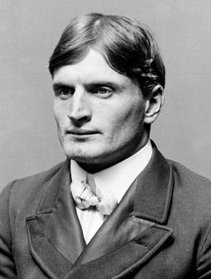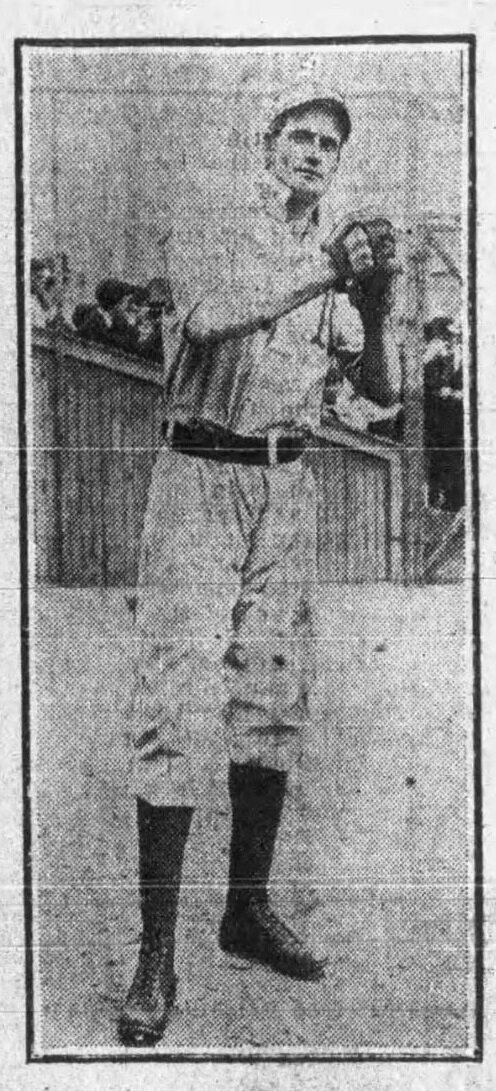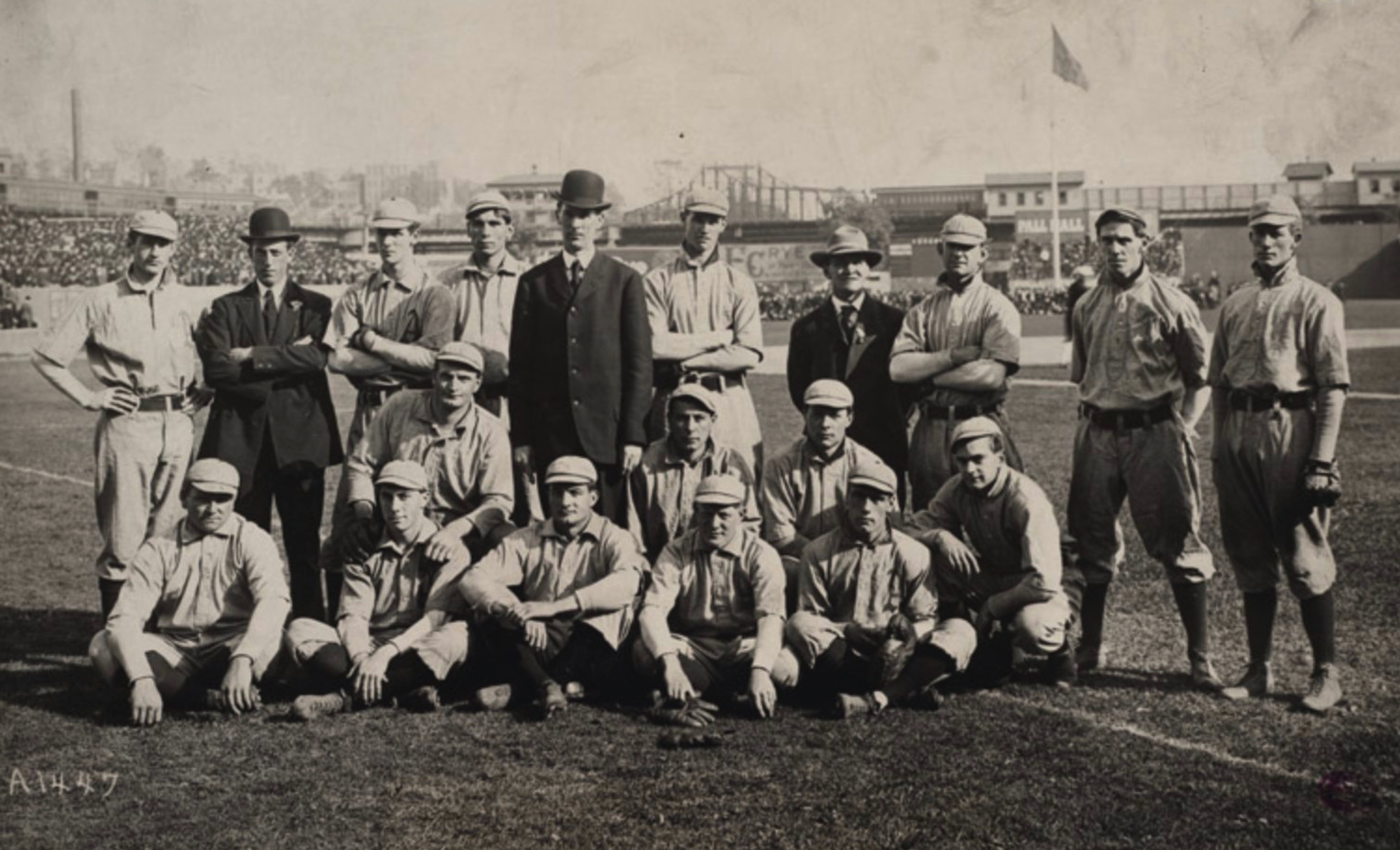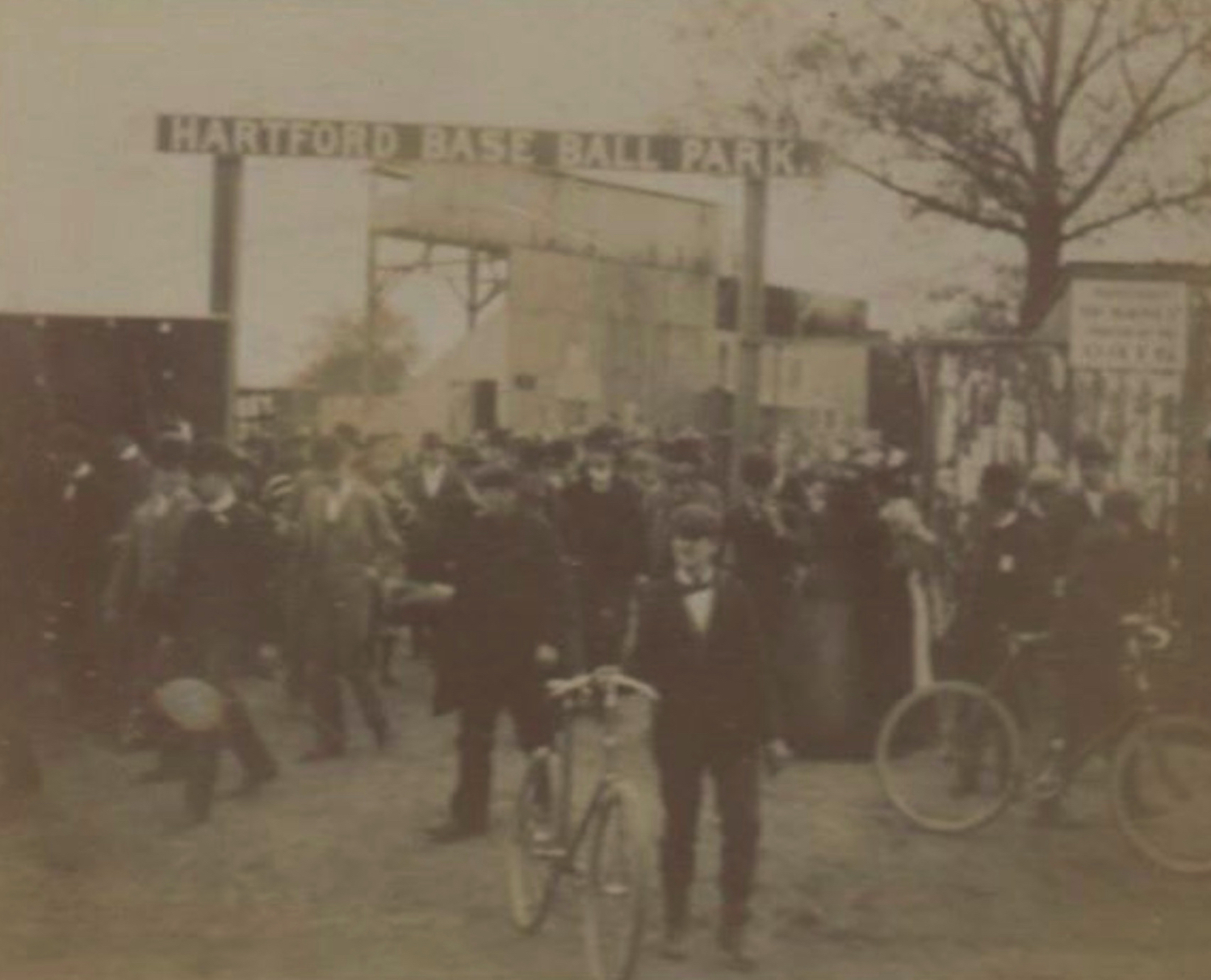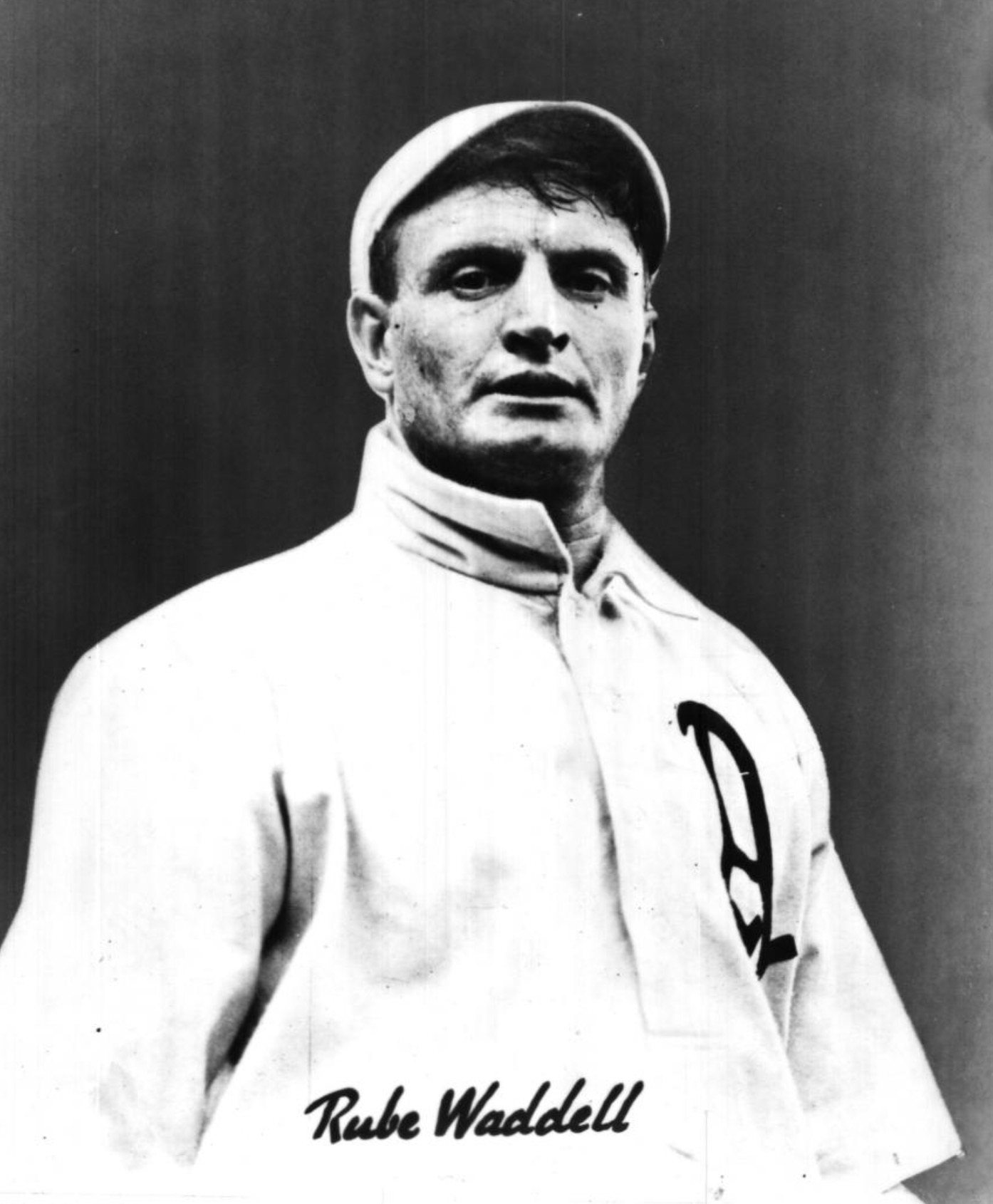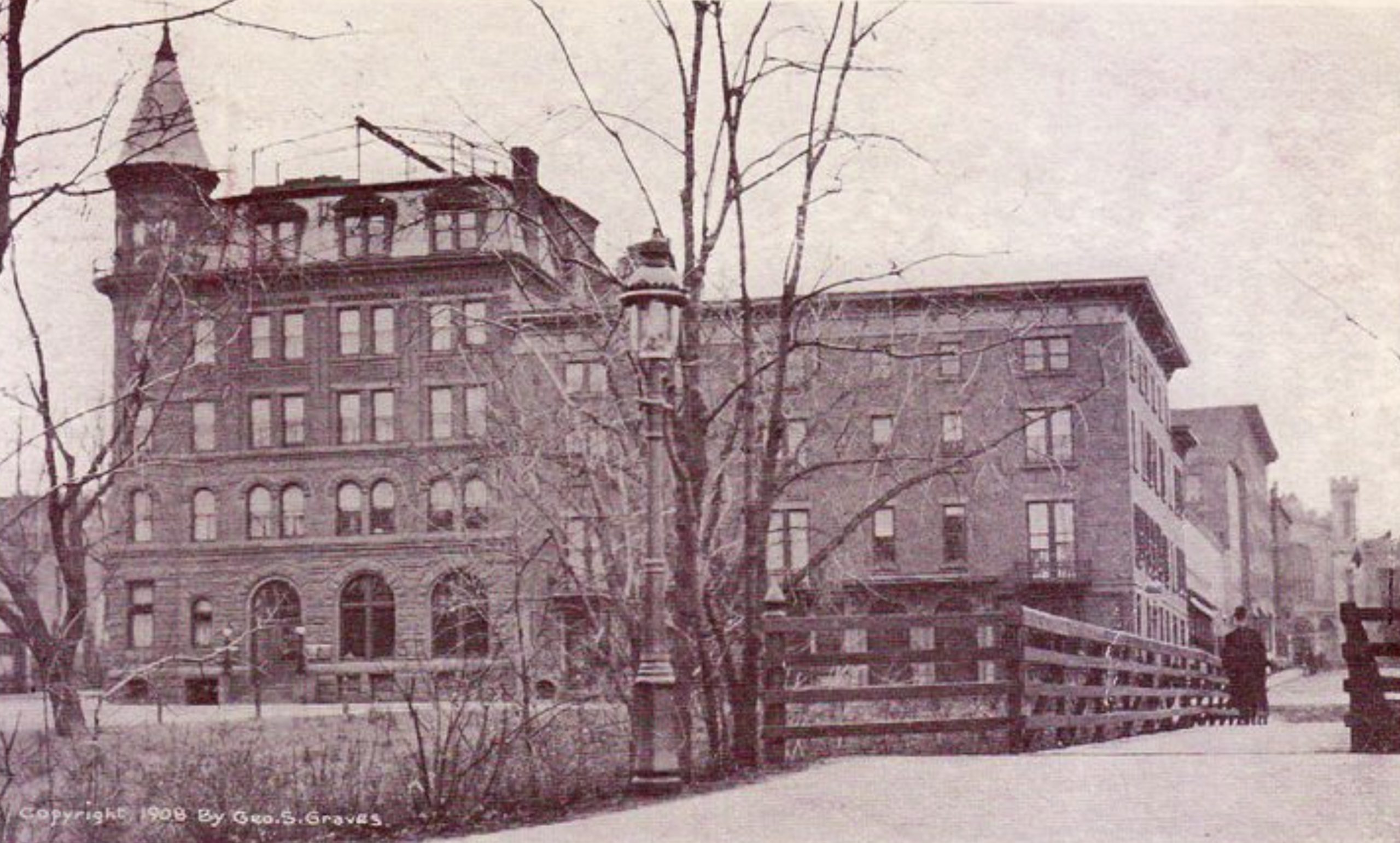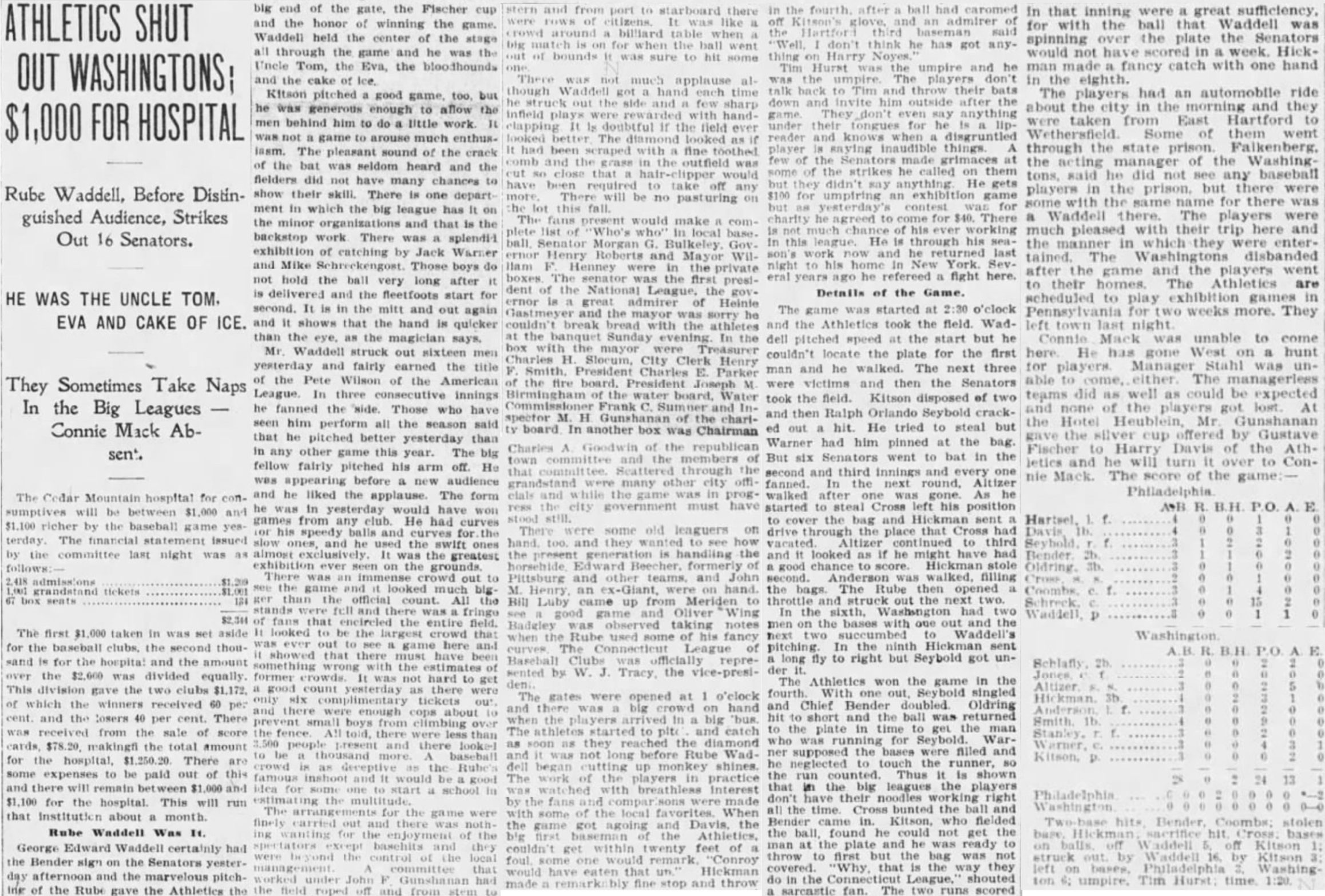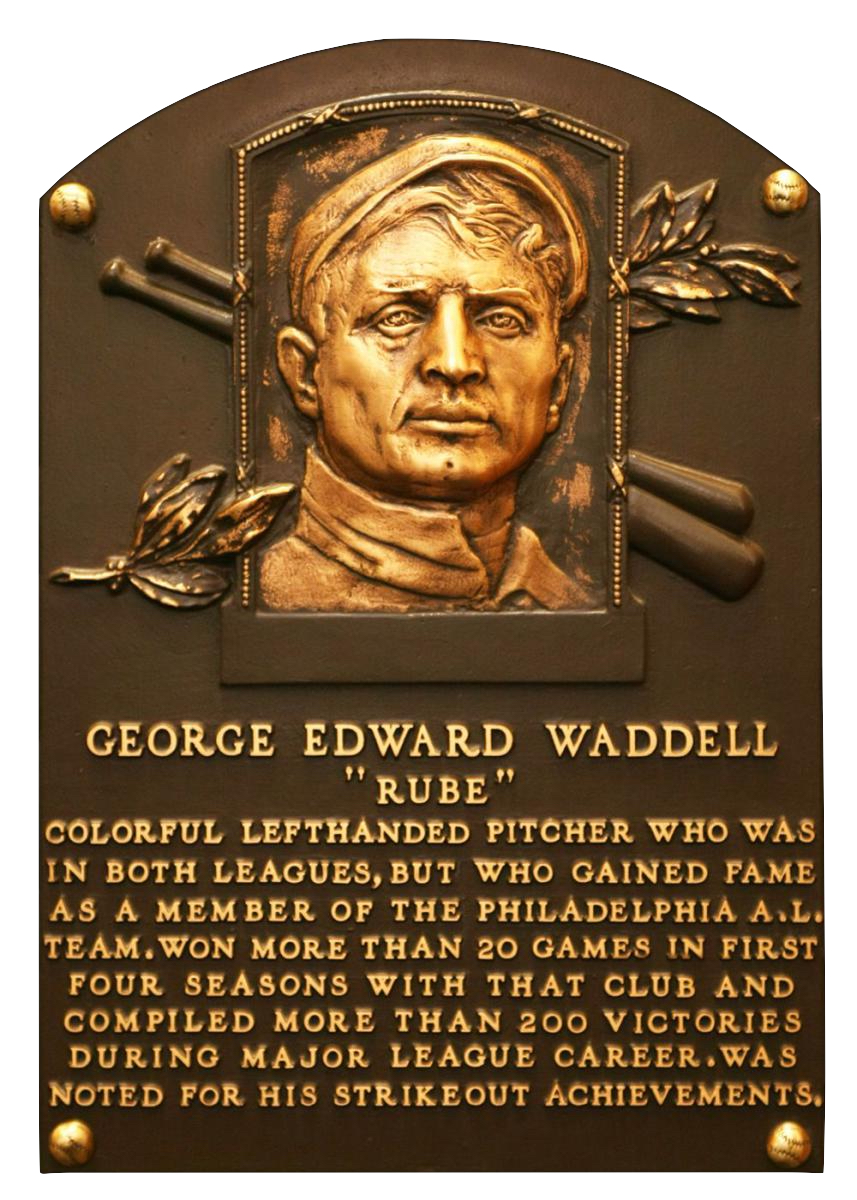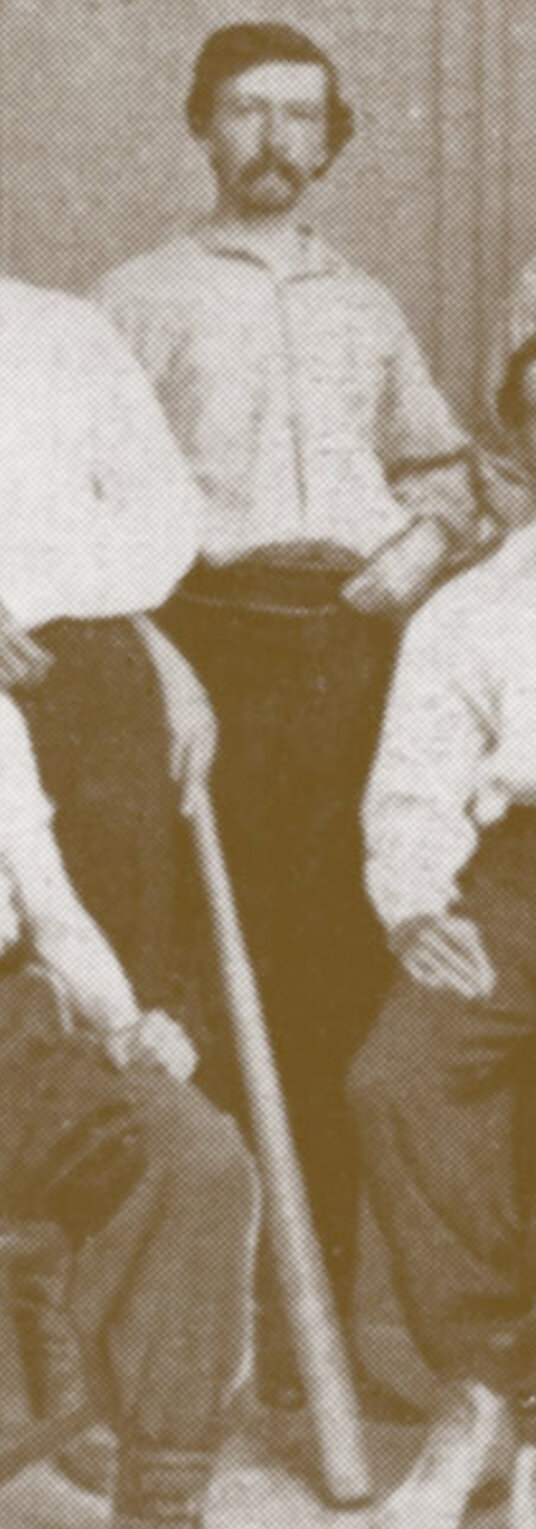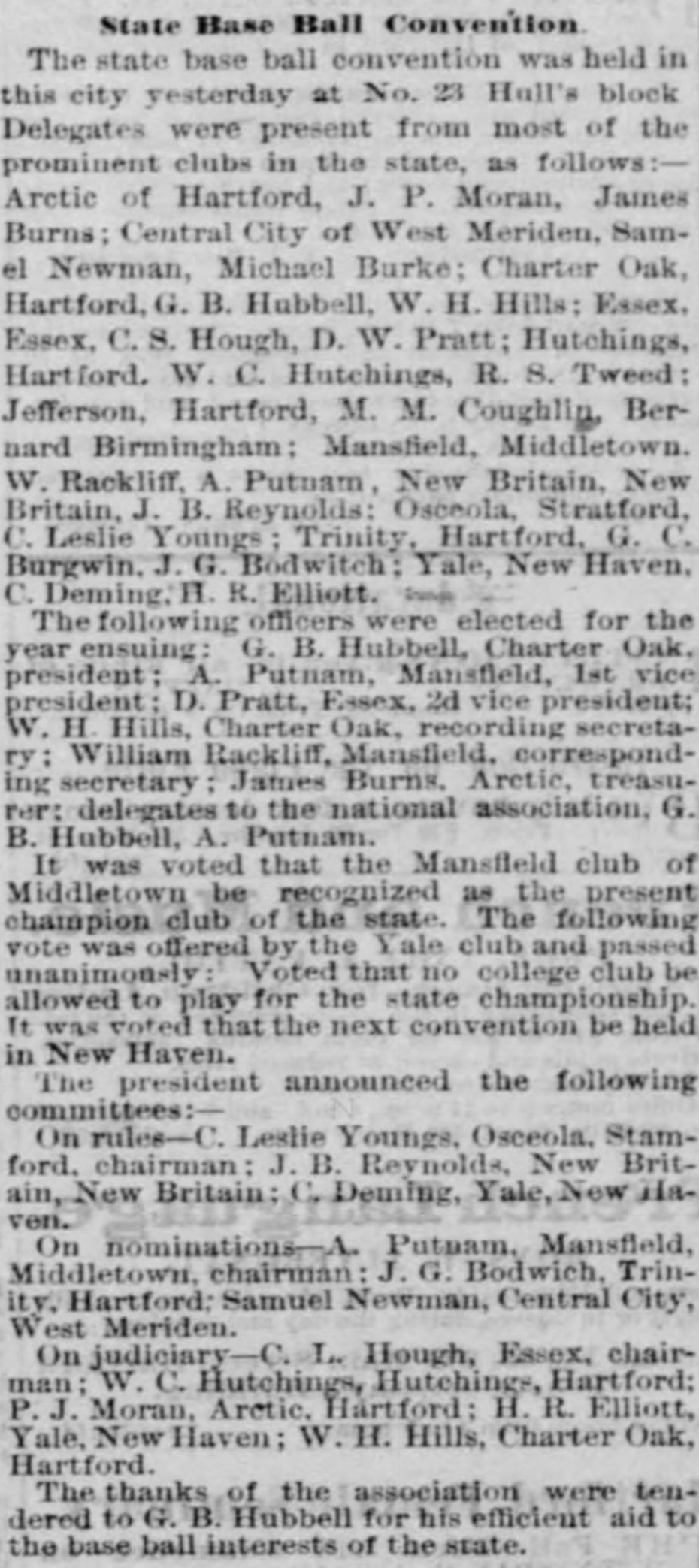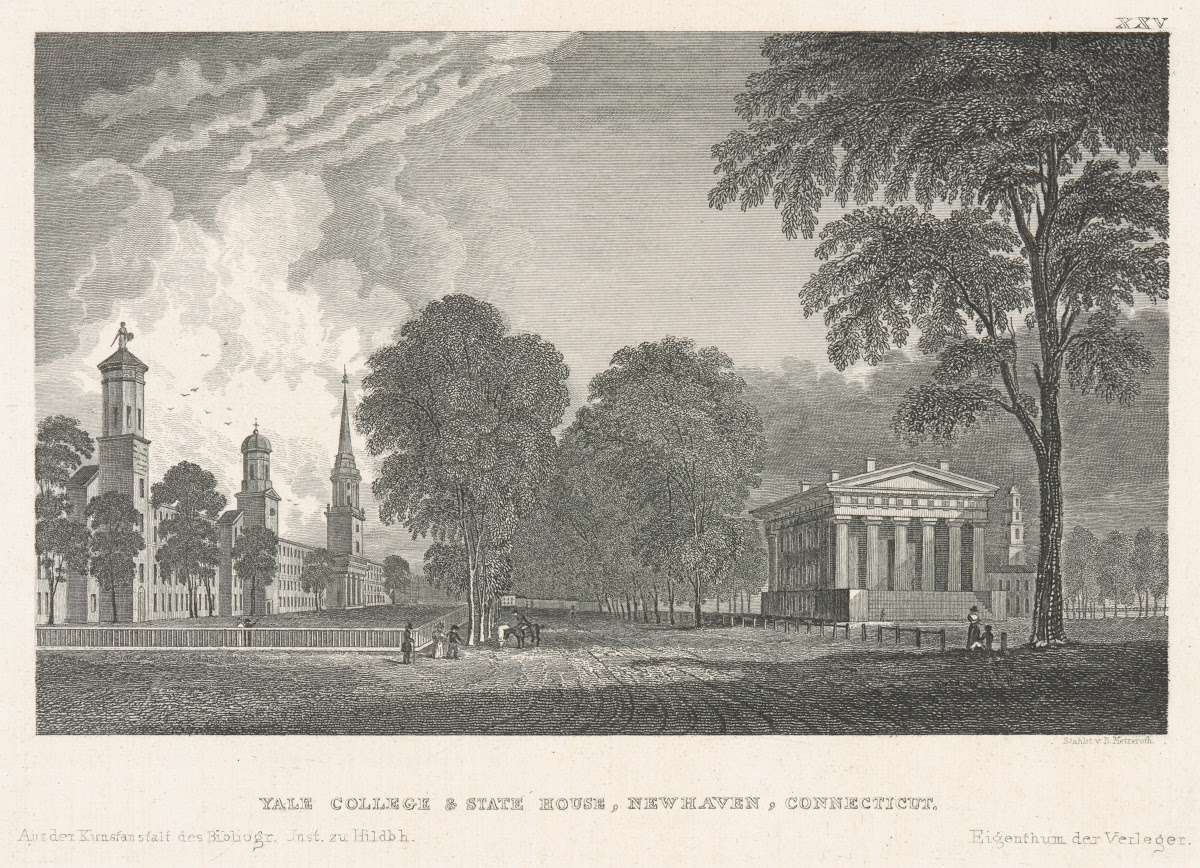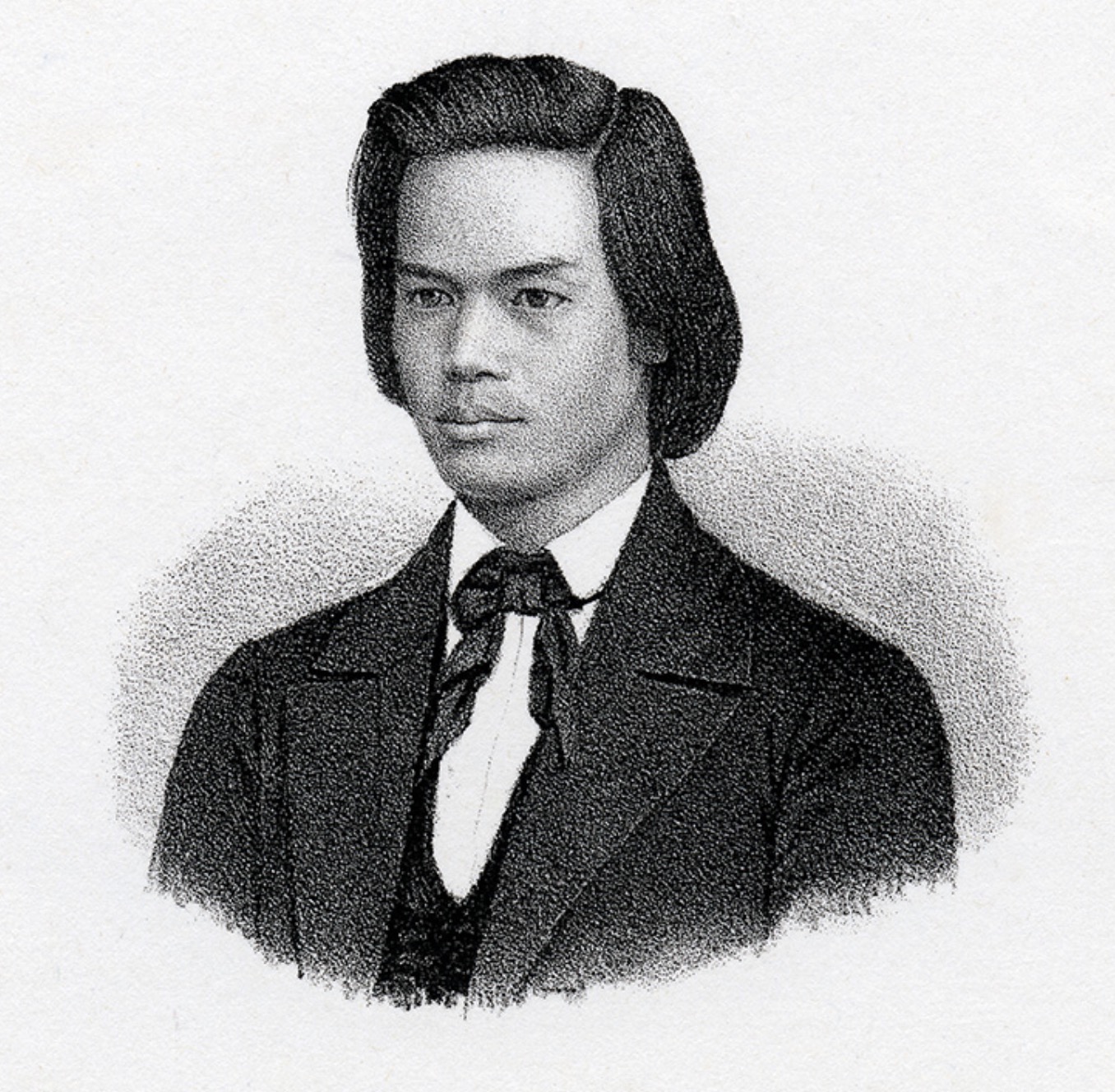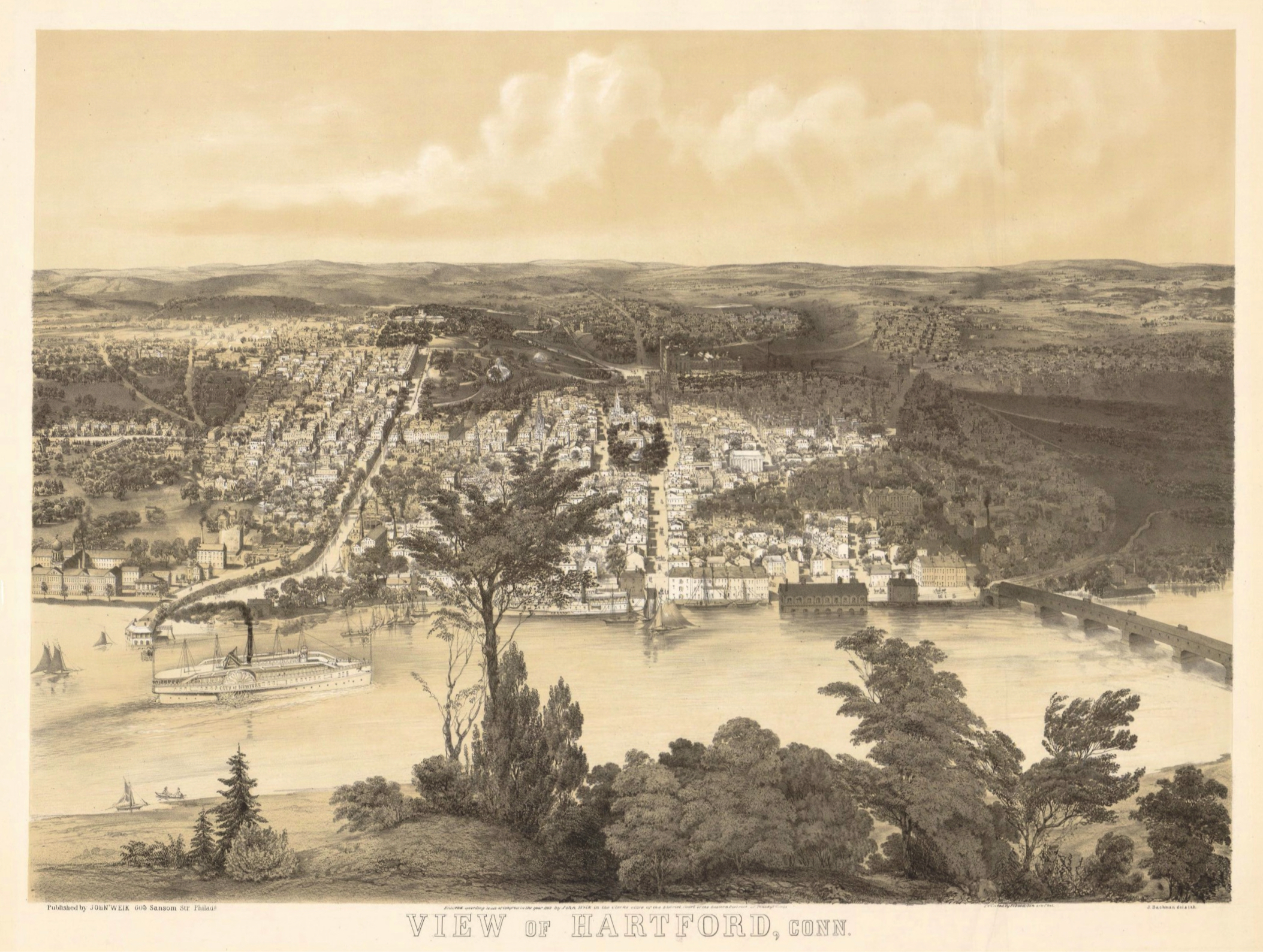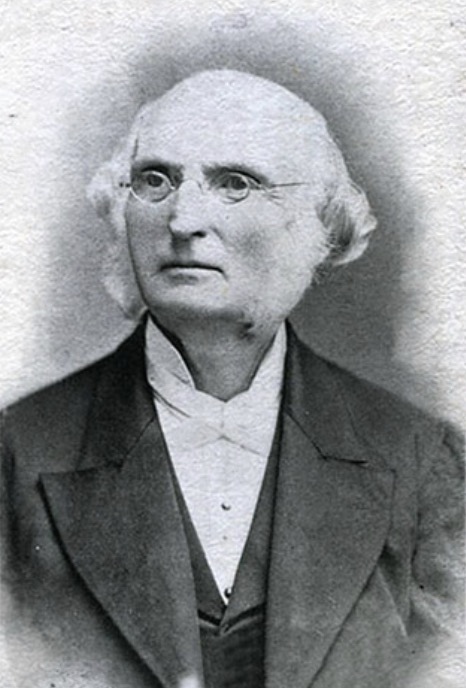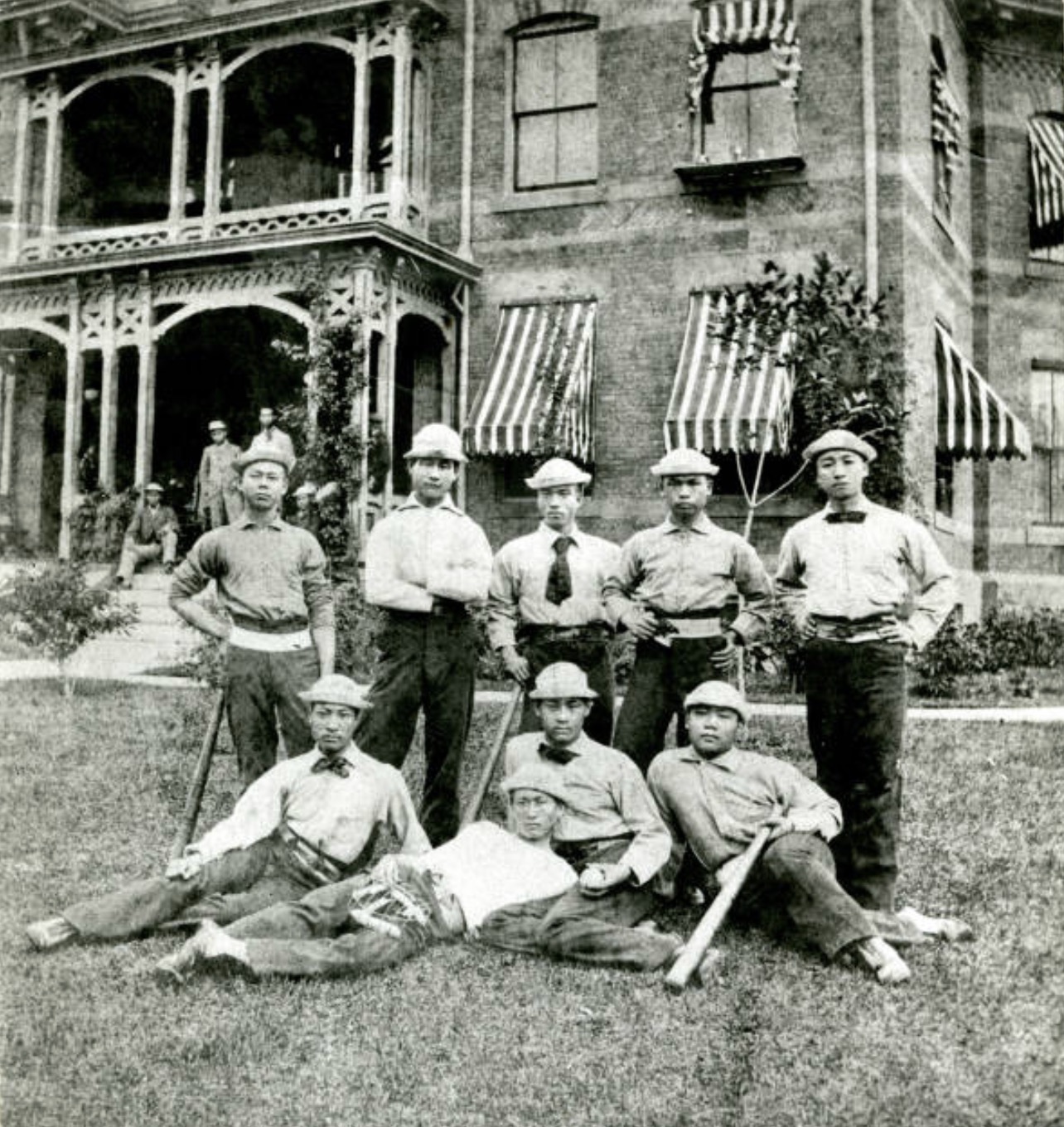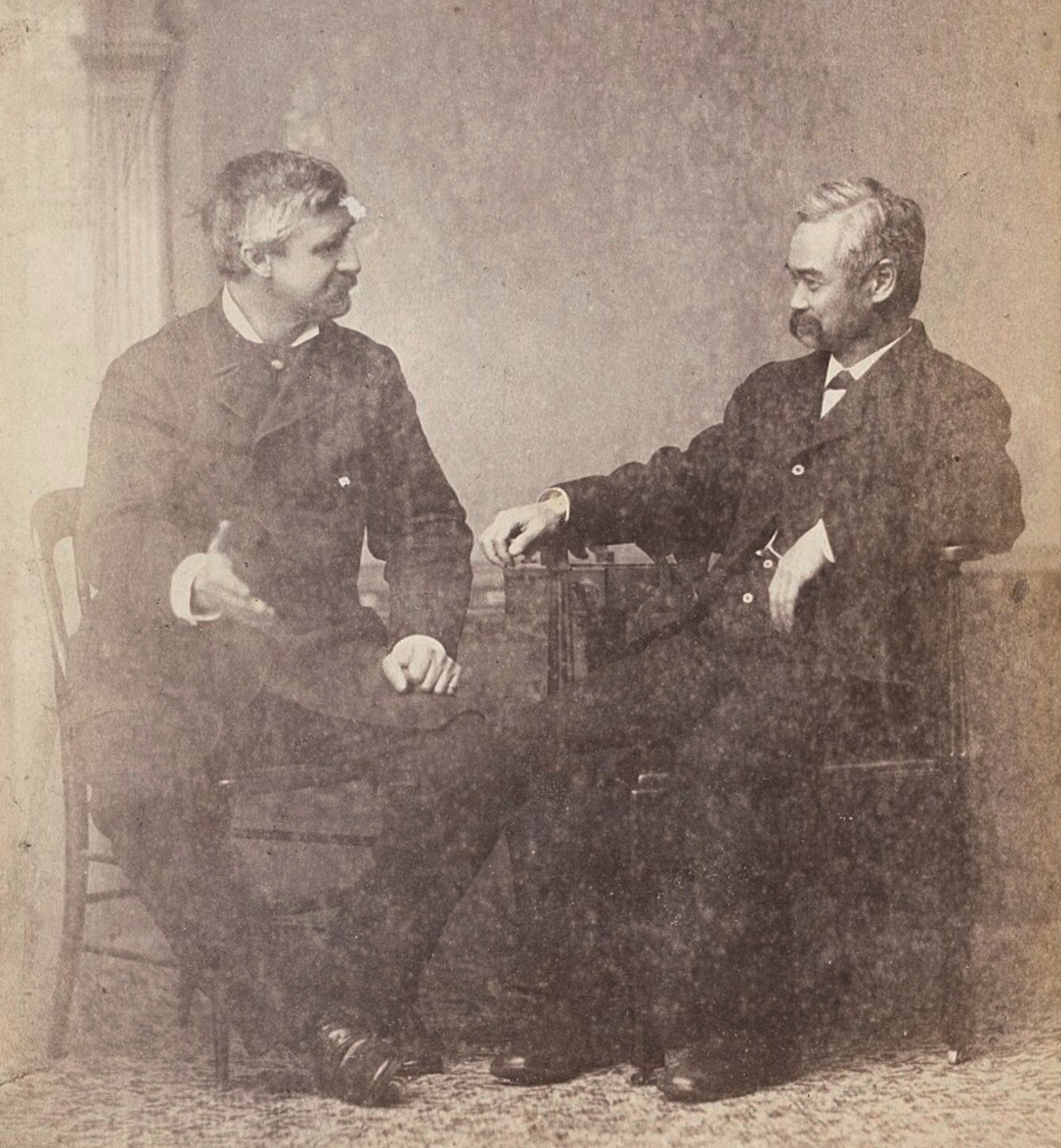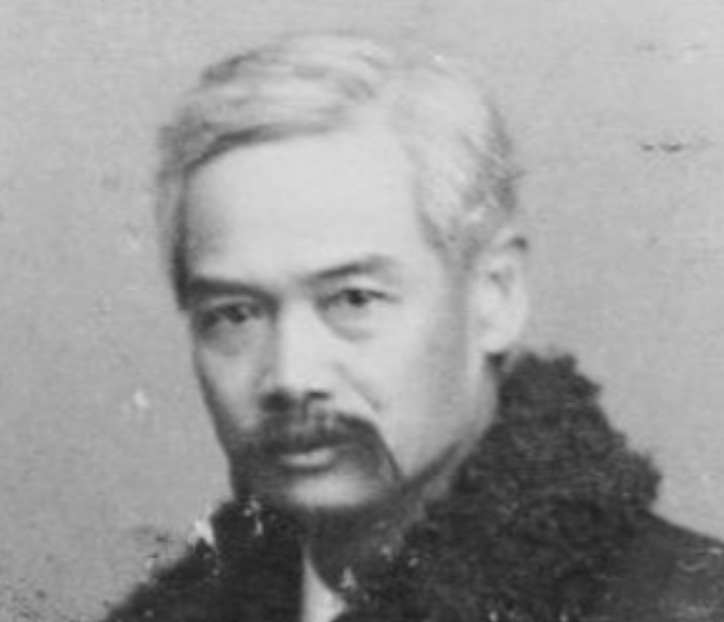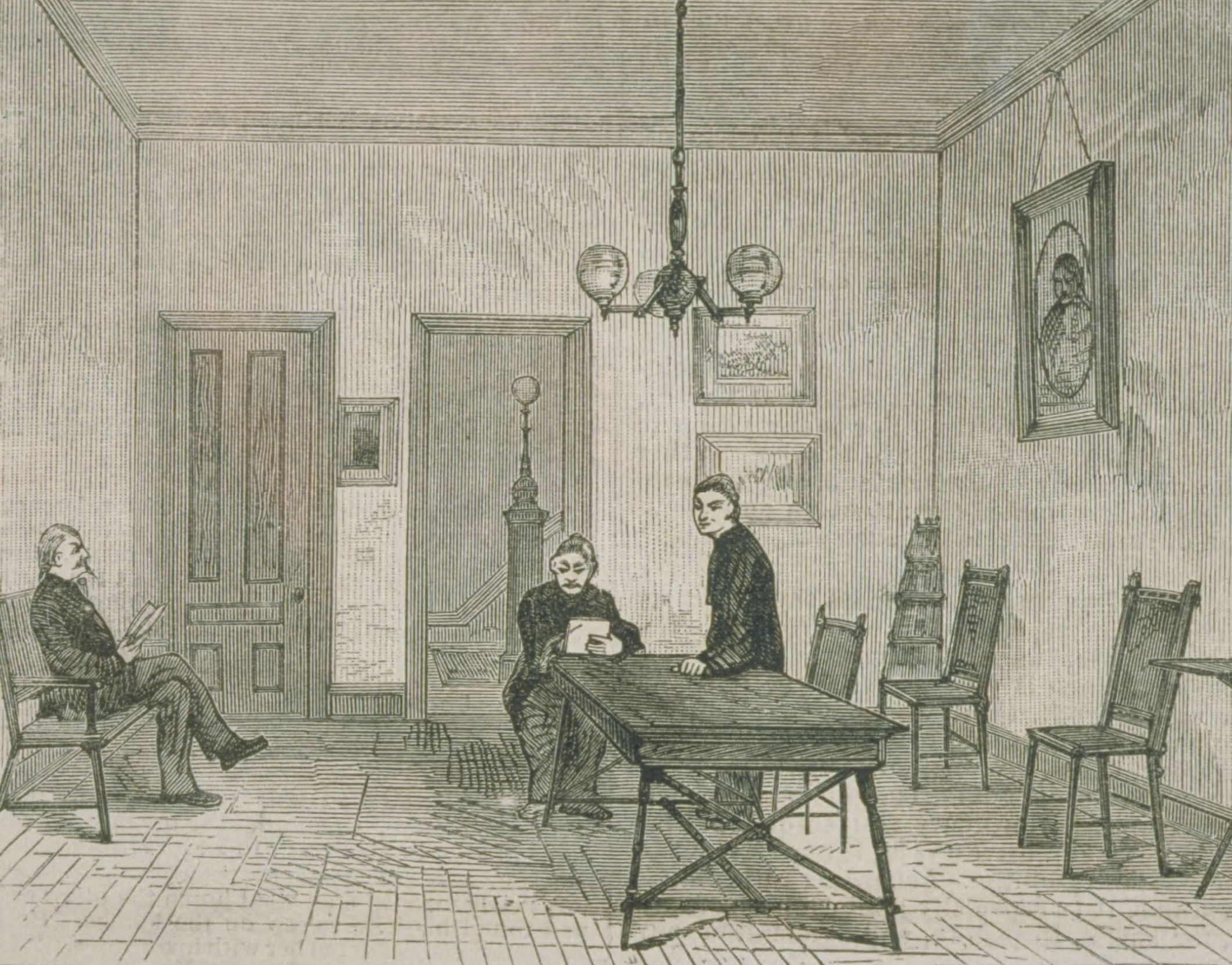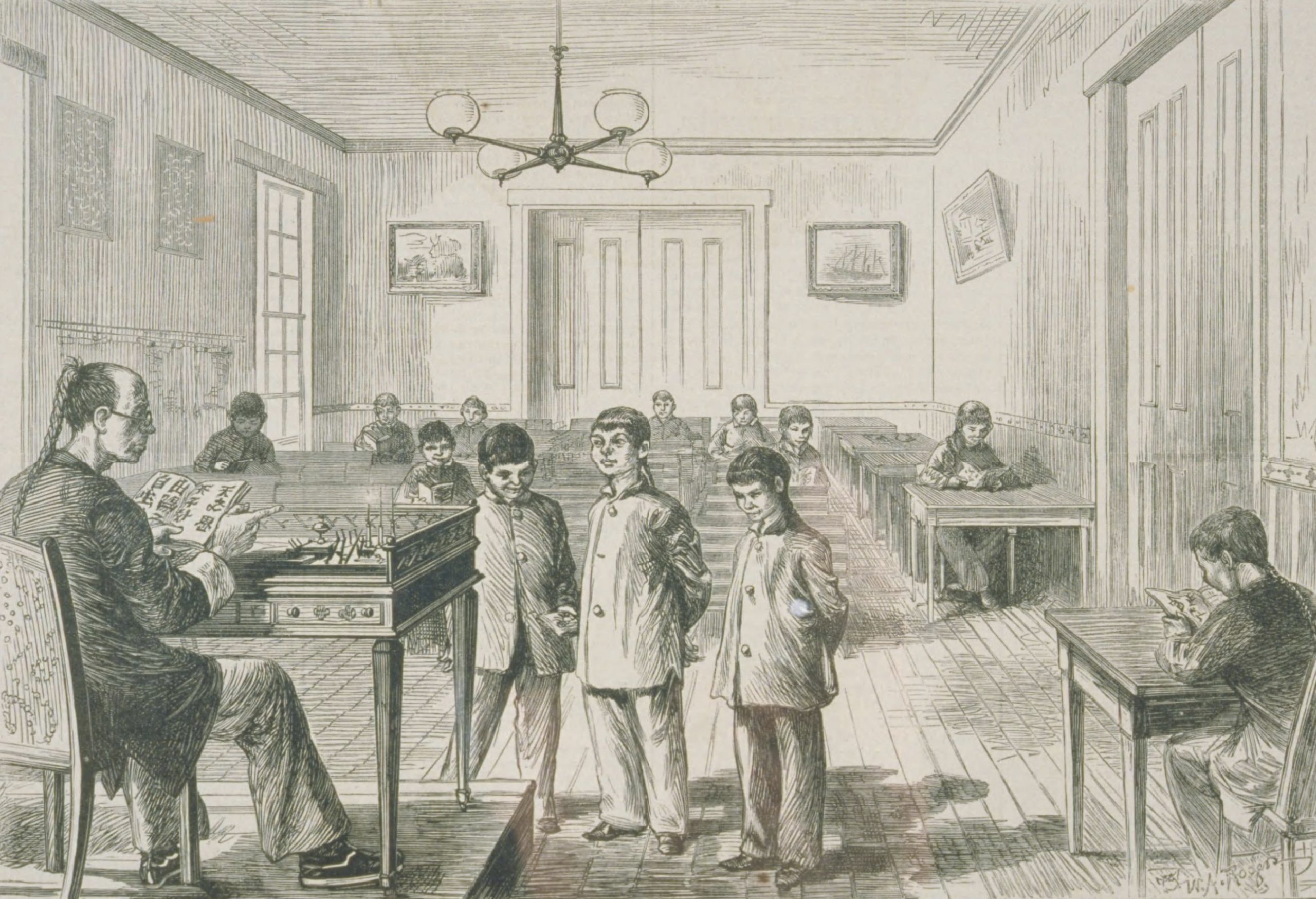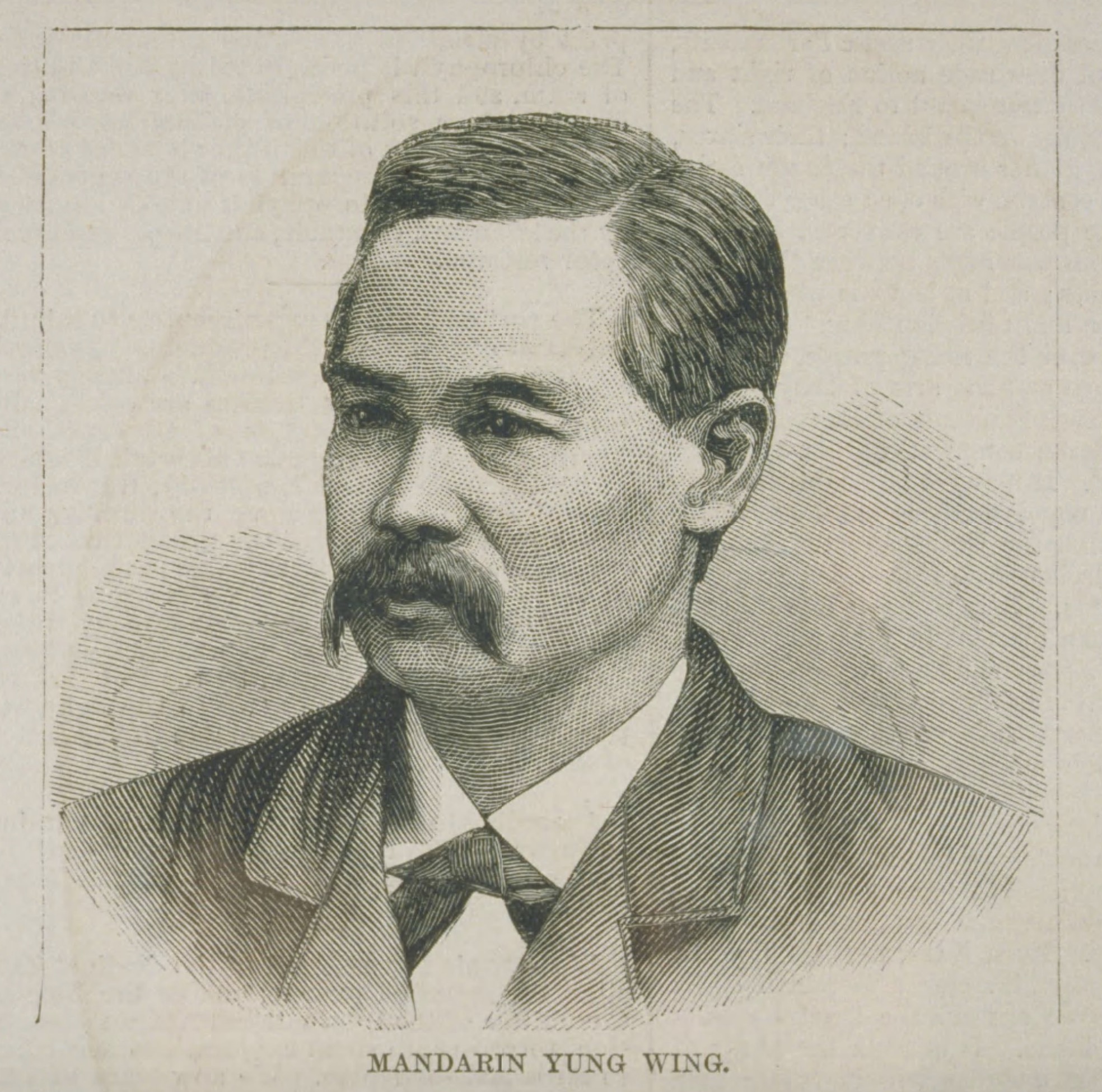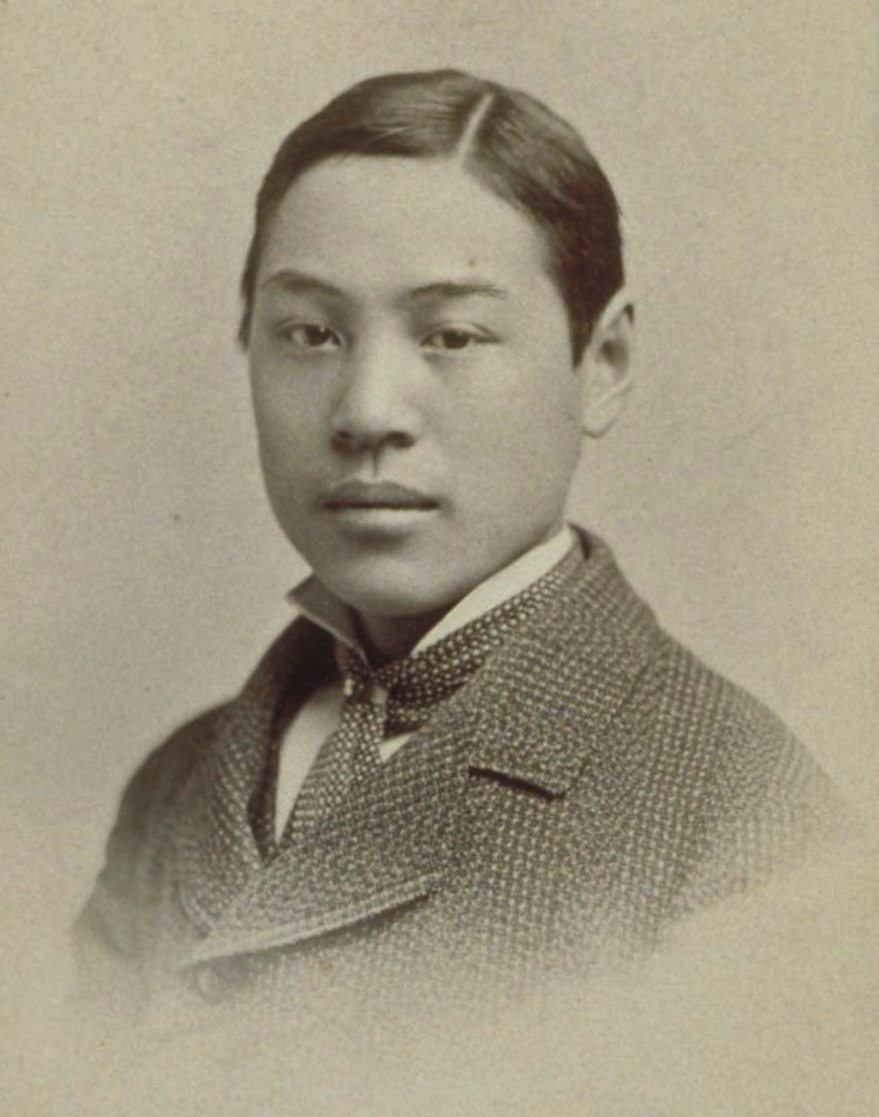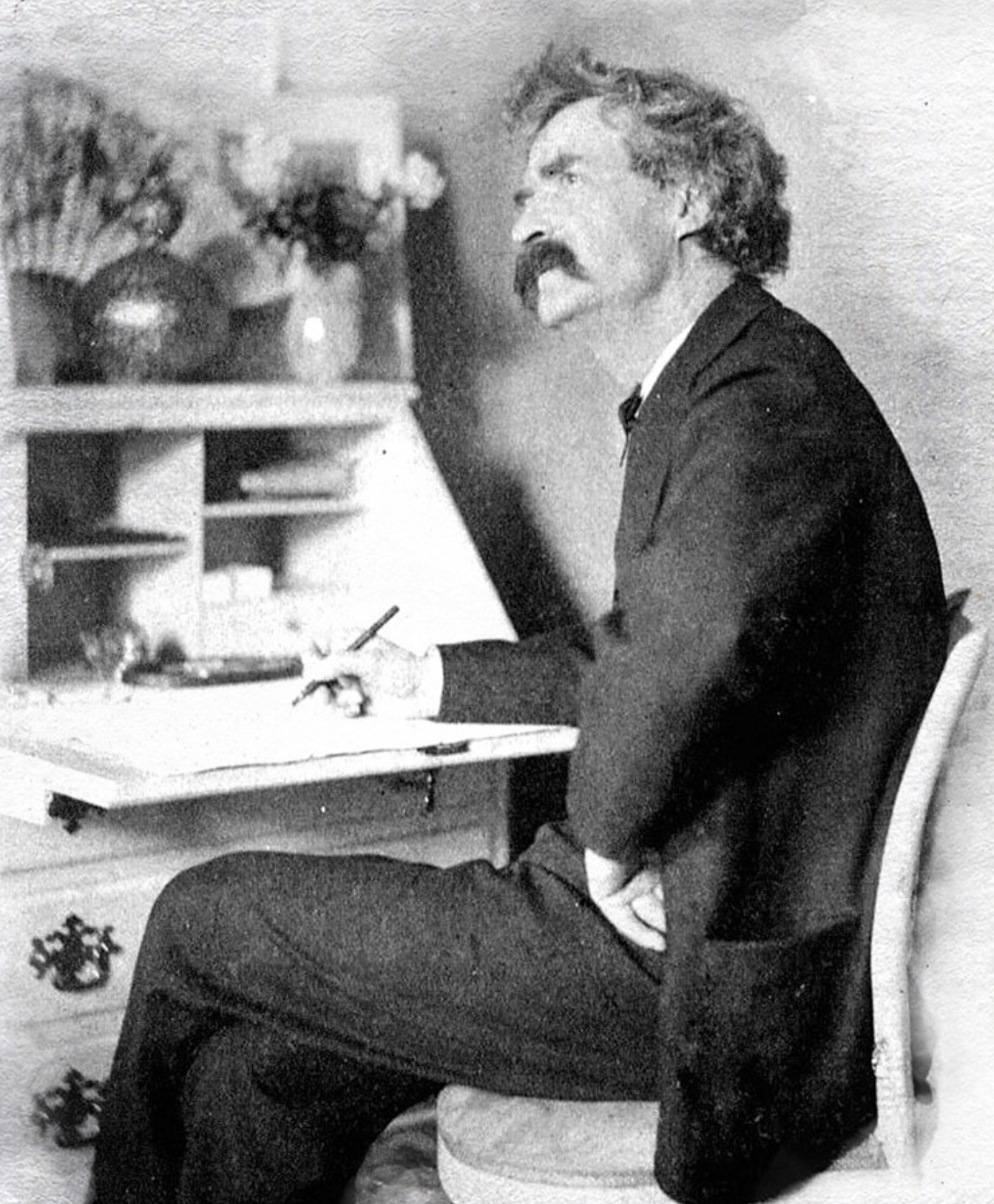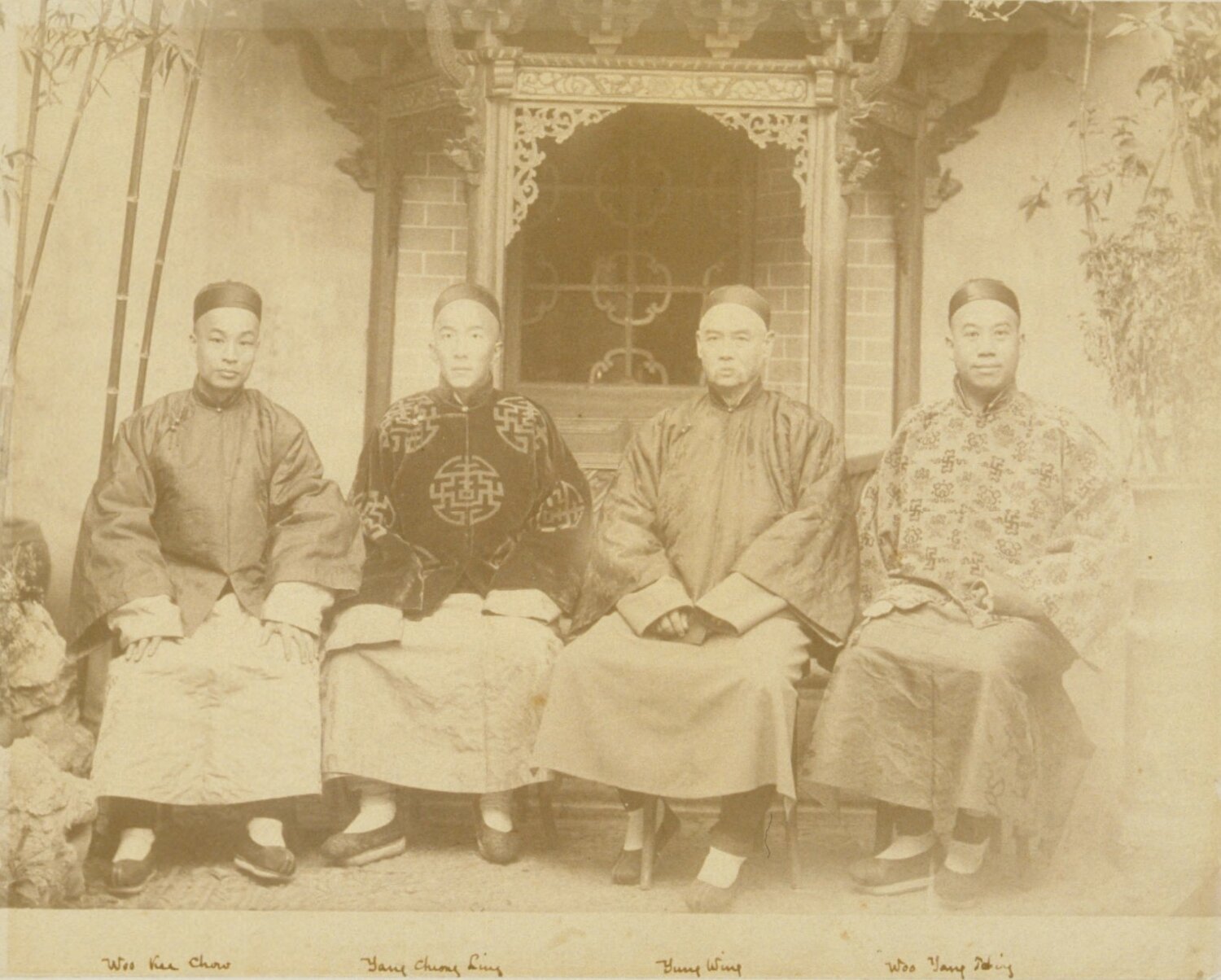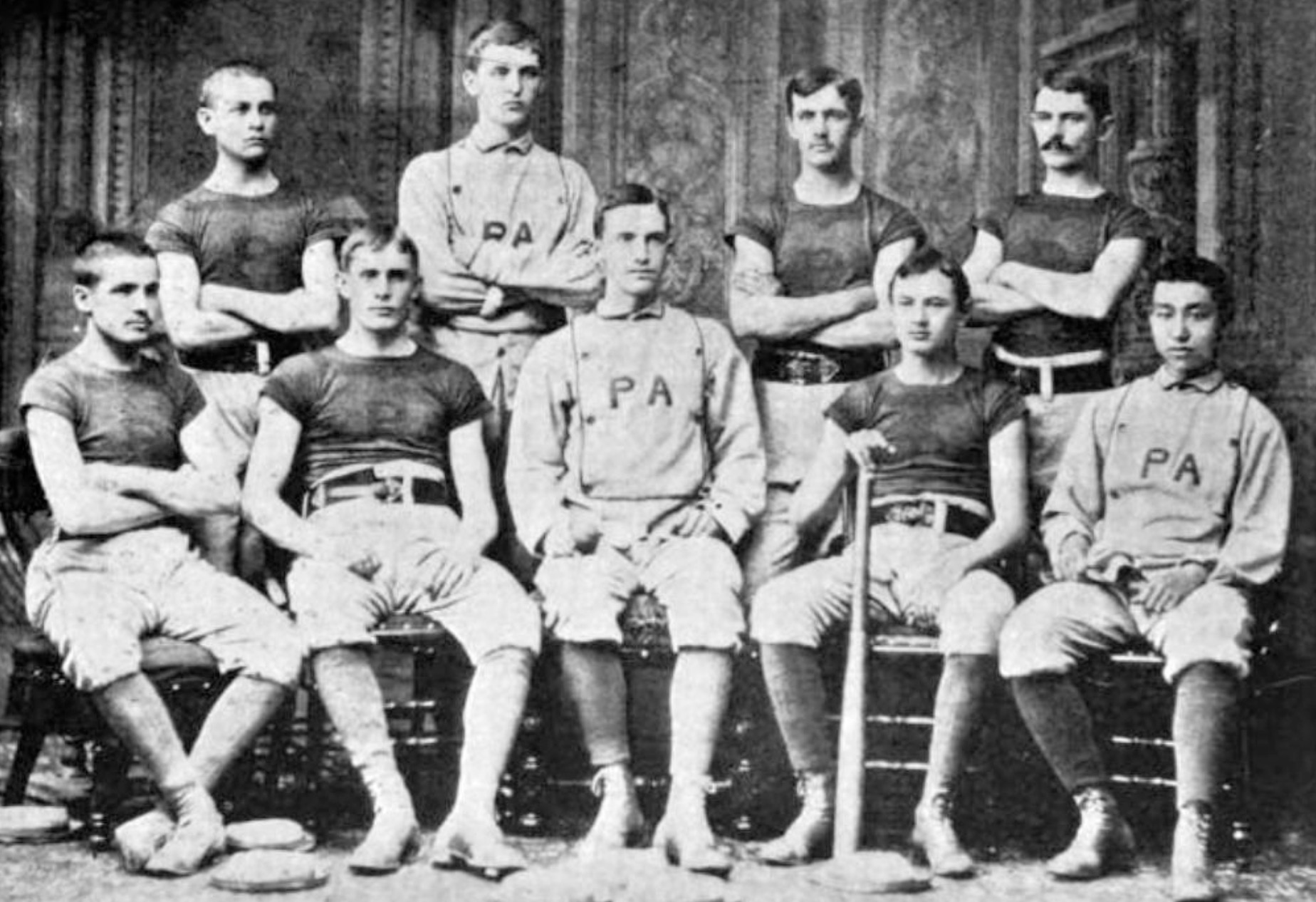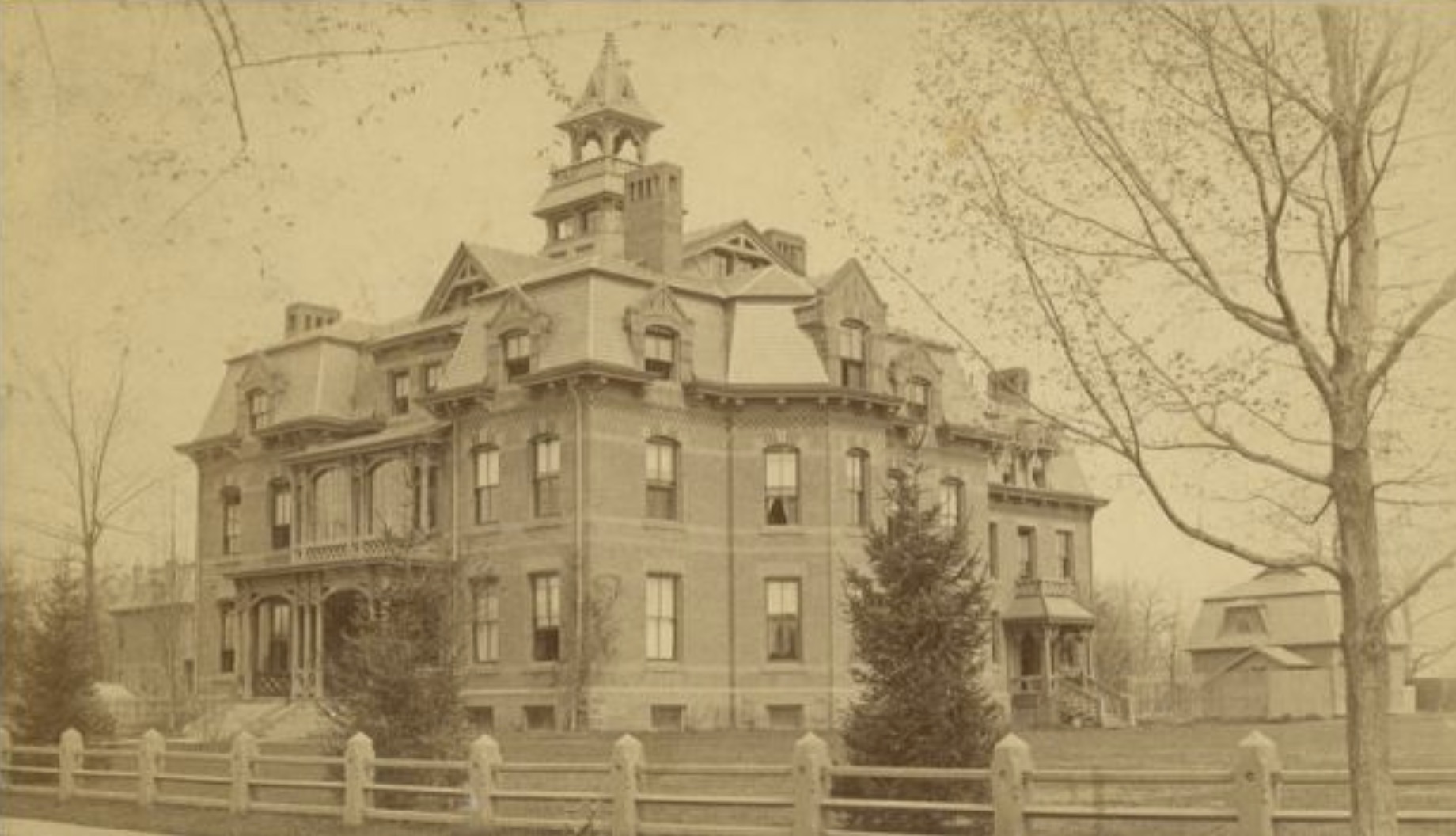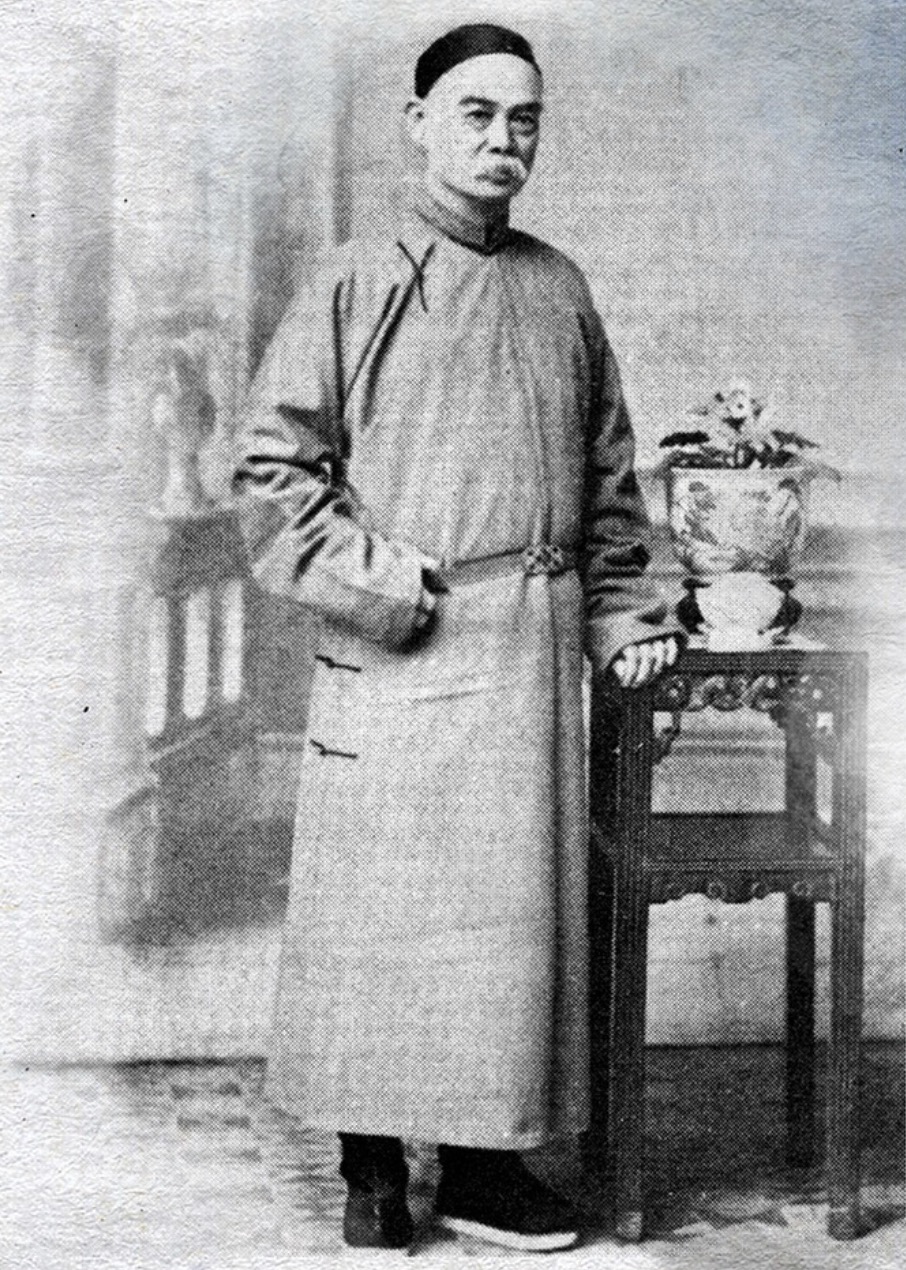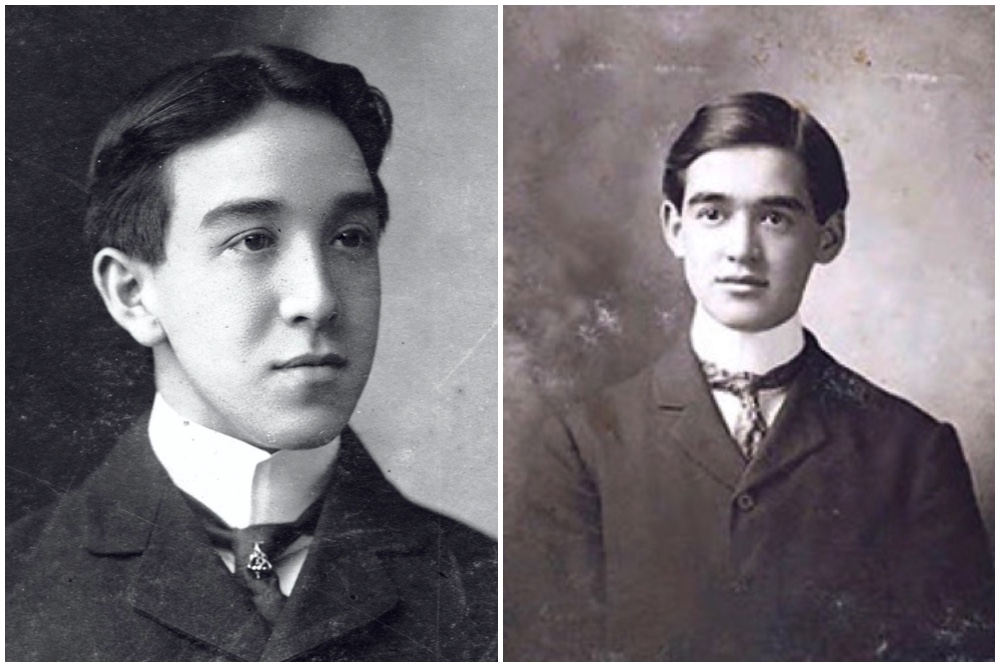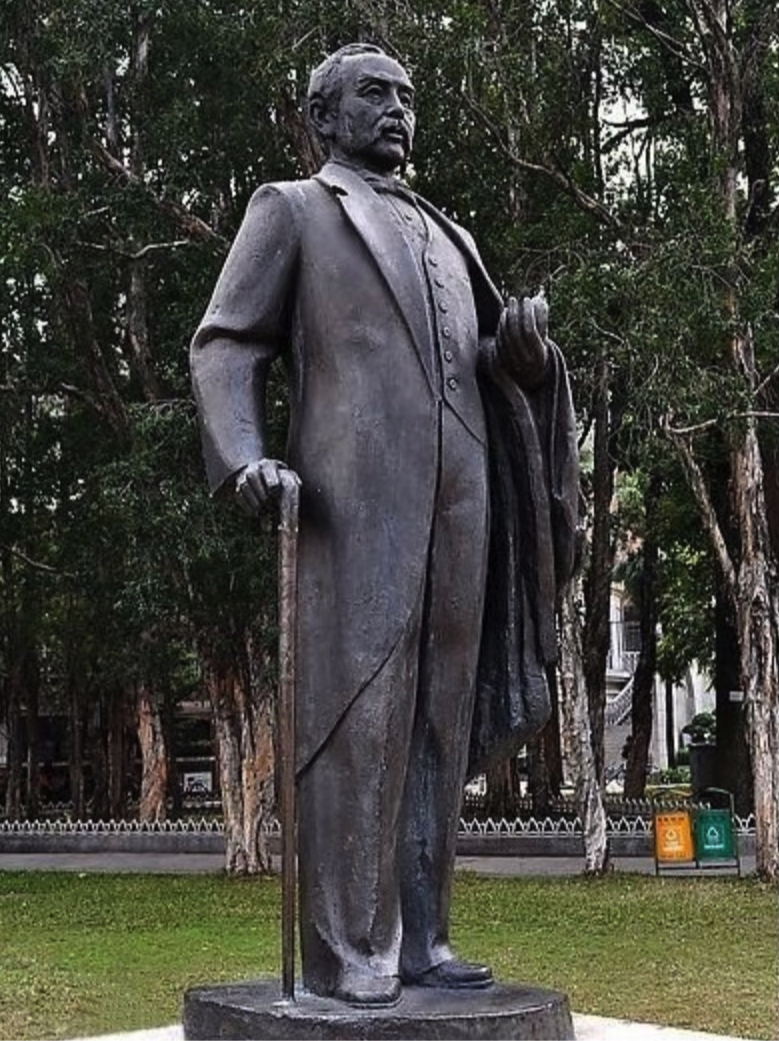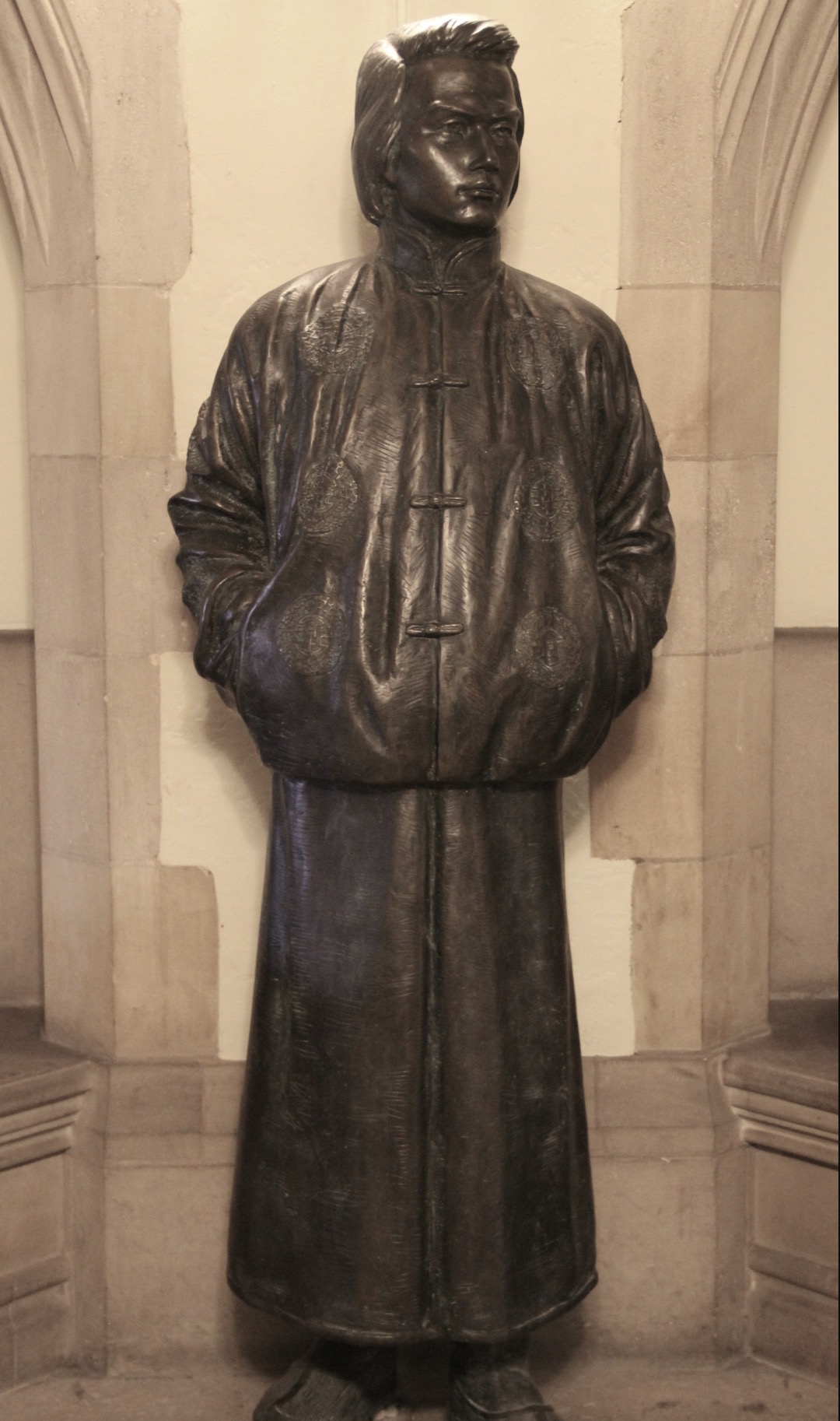On the evening of Wednesday, July 23, 1890, Hartford, Connecticut, became the site of a groundbreaking technological experiment. The city’s first night baseball game, illuminated by electric lights, took place at Ward Street Grounds. The event garnered national attention and was hailed as the “Greatest Novel Attraction of the Season” by the Hartford Courant. Ten arc lamps, provided by the Hartford Electric Company, were suspended above the field and powered by generators. Over 2,000 spectators attended, eager to witness Connecticut’s first-ever night game.


By that time, the leisurely pastime of “base ball” had evolved into a professional sport in Hartford, though within the minor leagues. The Hartford team was struggling, sitting at the bottom of the Atlantic Association standings, and they were in desperate need of a boost in attendance. The night game offered a solution, attracting fans with day jobs who couldn’t typically attend weekday afternoon games. A playful article in the Hartford Post joked, “The Hartford Base Ball team does well to play at night. Many of its games would look better in absolute darkness.”

The game by electric light pitted Hartford against the original Baltimore Orioles, a team that was well-known to local fans. Baltimore’s manager, William “Bald Billy” Barnie, had played for the 1874 Hartford Dark Blues. The Orioles also featured a young Connie Mack as catcher, who had started his career with Meriden and Hartford. Leading the Hartford team were the directors and shareholders of the Hartford Base Ball Association. A printer named A.W. Lang served as president, while the manager was John M. Henry, a former major leaguer. The team’s star hitter, “Gentleman George” Stallings, would later go on to manage in the big leagues for many years.




Hartford would see a boost in ticket sales, but the evening game was a debacle. Due to an insufficient amount of light, the experiment was labeled a burlesque and a parody. Players were unable to track the ball in dim lighting, and batters were bunting for base hits. Every man on defense played in, and fielders rolled the ball to first base to record outs. The exhibition was called off after four innings. No official score was taken.

While Hartford’s first night game failed, the attempt built upon previous experiments. Baseball by electric light traced back to July of 1880 – a year after Thomas Edison invented the lightbulb. The Boston Post reported on a night game between amateur nines at Nantasket Beach in Hull, Massachusetts. One of Edison’s rivals, Edward Weston, supplied the lights. Here’s a drawing of the Edward Weston arc lamp used at Nantasket Beach:

There were many naysayers and detractors to the idea of night baseball, but Hartford’s club tested it again in 1901. This time, a string of carbide lights were hung on poles around Hartford Base Ball Park (near Hanmer Street and Wethersfield Avenue). The game was described as a successful demonstration. Spectators were said to be amused, and they did not seem to care that Hartford lost to Brockton, 15-8.

Sources:
- Eddleton, O. (1980). Under the Lights. Sabr.org. https://sabr.org/journal/article/under-the-lights/.
- Various articles, Hartford Courant database, Newspapers.com.


